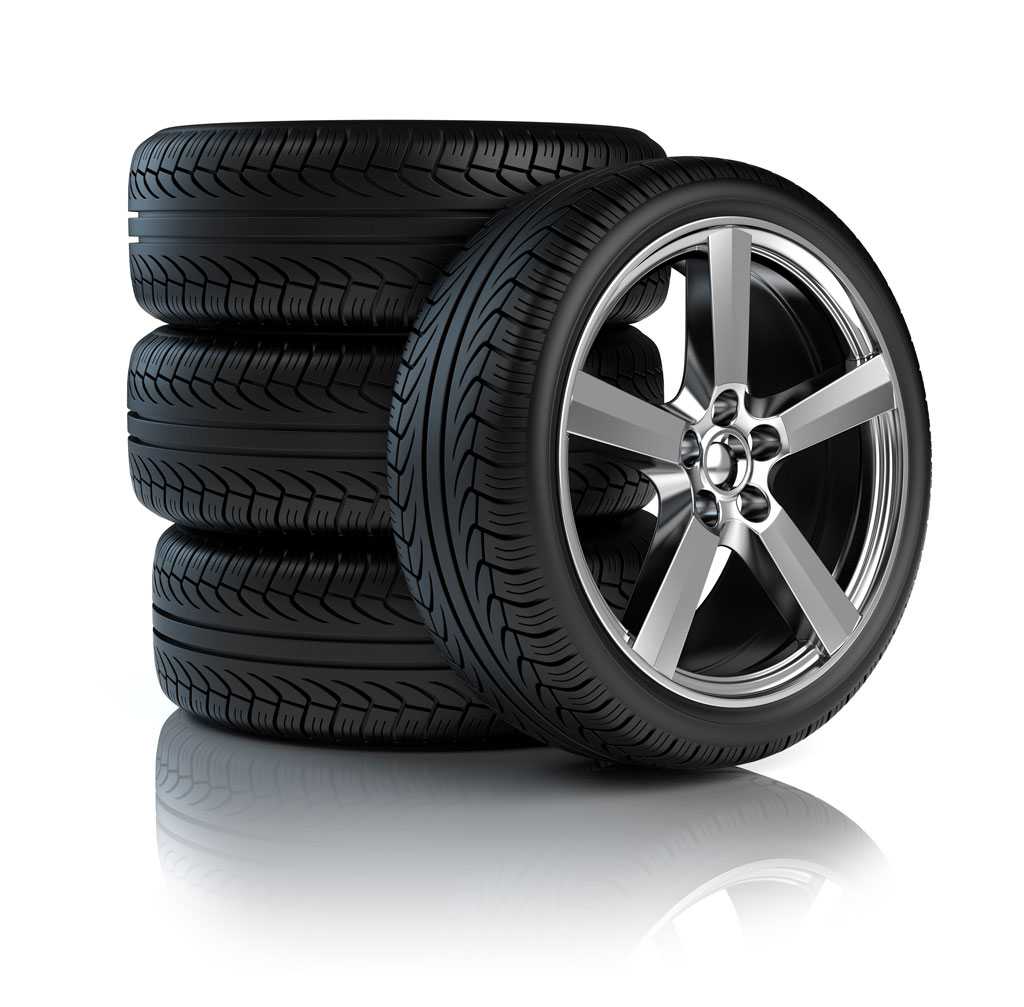Morris Tires: Where GMC Tire Service Meets Top Quality
Morris Tires: Where GMC Tire Service Meets Top Quality
Blog Article
Tire Service: The Influence of Weather
When it pertains to making sure optimal performance and safety and security when traveling, comprehending the influence of climate condition on tire service is crucial. From scorching warm to icy roadways, each weather aspect can significantly influence tire capability and total driving experience. By diving into the impacts of varying weather on tires, drivers can gain useful understandings that may improve their lorry's efficiency and durability. In this discussion, we will check out the complex connection in between weather condition problems and tire service, shedding light on the value of weather-specific tire upkeep methods and factors to consider.
Heat and Tire Efficiency
When revealed to heats, tires experience changes in performance that can dramatically affect lorry security and handling. The warmth generated from long term driving or heat problems causes the tire rubber to soften, leading to minimized step life and enhanced wear. As the rubber becomes softer, the tire's grasp when driving reduces, impacting braking ranges and general traction. In extreme instances, excessive warmth can also cause tire blowouts, positioning a serious security threat to the lorry and its residents.

Cold Climate Impacts
Winter conditions can have a significant effect on tire efficiency and security. As temperatures drop, tire rubber can harden, causing decreased traction on icy or snow-covered roadways. In cool climate, tires may likewise lose air pressure extra quickly, which can affect managing and gas performance. In addition, chilly temperatures can cause tire sidewalls to stiffen, raising the danger of damages from pockets or various other roadway dangers.
To reduce the impacts of chilly weather on tires, it is essential to consistently examine tire stress and inflate them to the maker's recommended levels. Making use of winter season or all-season tires made for winter conditions can also enhance traction and hold on icy or snowy roads. Correct tire upkeep, consisting of normal assessments for wear and damages, comes to be even a lot more critical throughout cooler months to ensure optimal efficiency and security.
Rainy Conditions Effect
Tires with damaged footsteps are extra vulnerable to hydroplaning, where a layer of water constructs up in between the tire and the roadway surface area, leading to loss of traction. To fight this, vehicle drivers ought to consistently evaluate their tires for sufficient walk depth and think about spending in tires especially made for wet conditions.
Additionally, rainy weather condition can also decrease presence, making it challenging for vehicle drivers to see the roadway ahead plainly (GMC Tire Service). In such problems, it is important to change driving rates accordingly and preserve a safe following distance to permit sudden quits. Effectively filled with air tires can additionally assist in keeping control on damp roadways by offering better handling and grip
Snow and Tire Safety
When driving in snowy problems, having the right tires can make a substantial distinction in security and efficiency. Wintertime tires are created with unique rubber compounds and step patterns to provide better grip on snow and ice contrasted to all-season tires.

Furthermore, chauffeurs should take into consideration installing tire chains in severe snowy problems. Tire chains supply extra traction by clutching the snow and ice, boosting security and control. However, it is necessary to follow maker directions when installing and utilizing tire chains to stop damage to the tires and automobile. By picking the ideal tires, maintaining proper inflation, and considering added traction aids like tire chains, chauffeurs can boost their security when browsing snow-covered roads.
Weather-Related Tire Maintenance
Weather-related tire maintenance encompasses an array of techniques aimed at ensuring optimal tire function and longevity his explanation in various climate circumstances. One essential aspect of weather-related tire upkeep is tire pressure law. Evaluating tire step regularly and changing tires when walk wear gets to a particular depth is essential for maintaining grip and security in negative weather condition.
Verdict
In conclusion, climate condition have a considerable influence on tire performance and safety and security. From heat affecting tire stress and put on to chilly weather condition lowering grip, it is important to consider the weather condition when preserving and utilizing tires. Rainy problems can lower grip and result in hydroplaning, while snow can enhance the danger of accidents if tires are not appropriately geared up. Weather-related tire maintenance is essential in guaranteeing ideal performance and security when driving.
In this discussion, we will certainly check out the elaborate partnership between climate conditions and tire solution, shedding light on the importance of weather-specific tire maintenance practices and factors to consider.

Report this page